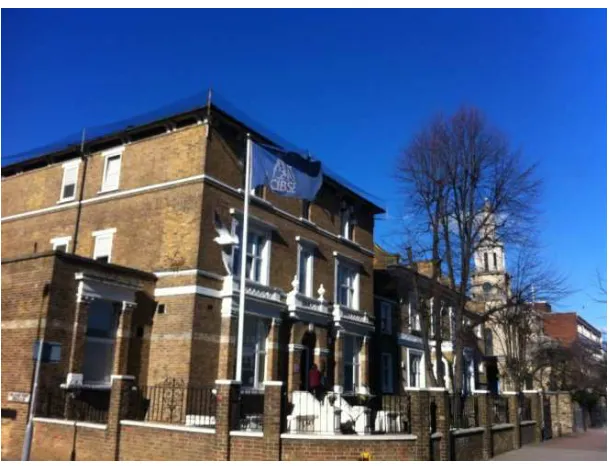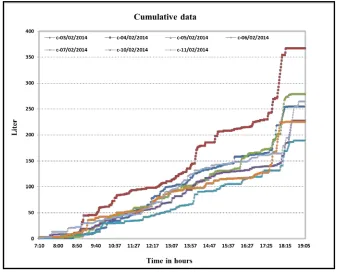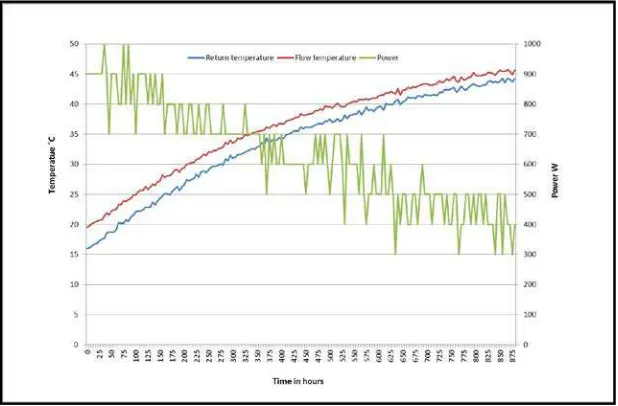A case study analysis of system efficiency, viability and energy values of SOFC based fuel cell Micro CHP for office buildings
Full text
Figure




Related documents
In the present study, we developed a simple and rapid method for the simultaneous measurement of plasma concentrations of four first-line drugs (pyrazinamide,
The solution that we propose to the issue of Roaming in wireless community networks is done in two parts: (1) the proposal of a Protocol (RRP) enabling an LDAP server to behave as
Given that the station uses different presenters who may be non-native speakers of some of the target languages of the listeners of Mulembe FM newscasts, the
Skinner’9 reported 28 cases of clinical diphtheria and virulent carriers treated with intramuscular penicillin with definite benefit.. He thought that 100,000 units per day should
Field experiments were conducted at Ebonyi State University Research Farm during 2009 and 2010 farming seasons to evaluate the effect of intercropping maize with
This study aimed to assess the prevalence of anxiety and depression and to identify their associated factors including metabolic components among people with type 2 diabetes..
Based on the literature review, we tested for the effects of birth order (first or second born), zygosity (MZ or DZ), sex (boys or girls), GA, birth weight, mother ’ s and father ’
Twenty-five percent of our respondents listed unilateral hearing loss as an indication for BAHA im- plantation, and only 17% routinely offered this treatment to children with

